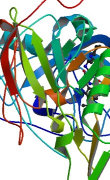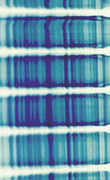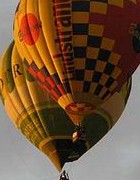1. Exploratory Data Analysis & Computing in RAims | Objectives | Reading | Handouts & Problem Sheets | Questions | LinksReturn to the Statistics 1 home page AimsThis section introduces a selection of simple graphical and numerical methods for exploring and summarizing single data sets. These methods generally form part of an approach called Exploratory Data Analysis. Such analysis and evaluation can be informative in its own right, but also forms an essential first step before any detailed statistical analysis is performed on the data.The section also introduces the statistical package R through its use for simple graphical and numerical computation of plots and summary statistics. ObjectivesThe following objectives will help you to assess how well you have mastered the relevant material. By the end of this section you should be able to:
Suggested Reading
Handouts and Problem SheetsHandout for Section 1 | Problem sheet 1 | Problem sheet 2 | Solution sheet 1 | Solution sheet 2
Copyright notice© University of Bristol 2011 All material in these pages is copyright of the University unless explicitly stated otherwise. It is provided exclusively for educational purposes at the University and is to be downloaded or copied for your private study only, and not for distribution to anyone else. Please also note that material from previous years' delivery of this unit is not necessarily a reliable indicator of what will be covered or examined this year. Questions set
Week 1: PROBLEM SHEET 1 -- Questions 1 and 2 Interesting linksWeighing the EarthThe story of Henry Cavendish's 1797-98 experiment to 'weigh the earth', as he put it, using experimental apparatus in his laboratory. I may use his data in the lectures.
Rice Virtual Lab in Statistics
MathWorld
Ask Dr Math A searchable archive is available by level and topic, as well as summaries of Frequently Asked Questions (the Dr. Math FAQ), and there is a history of how the site came about at The History of Dr. Math.
Rossman-Chance
Note that I have no control over the content or availability of these
external web pages. The links may be slow to load, or may sometimes fail altogether
- please email me to report if a link goes down.
Similarly applets may be slow to load or run, but beware that
you may experience problems if you try to exit them before they have finished loading. |








